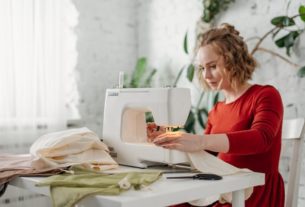When I first heard about sewing for occupational therapy, I was intrigued.
Could something as simple as sewing play a role in physical rehabilitation and emotional healing?
The answer is a resounding yes.
Sewing isn’t just a craft or a hobby—it’s a powerful tool used by occupational therapists to help patients recover, grow, and thrive.
From improving fine motor skills to boosting cognitive functions, sewing offers a wide range of benefits that make it a valuable addition to any occupational therapy program.
Key Takeaways
- Sewing improves fine motor skills and hand-eye coordination.
- It strengthens muscle memory and enhances dexterity.
- Sewing supports cognitive functions like problem-solving and concentration.
- It boosts emotional well-being by reducing anxiety and increasing self-esteem.
- Sewing provides a creative outlet, allowing patients to express themselves
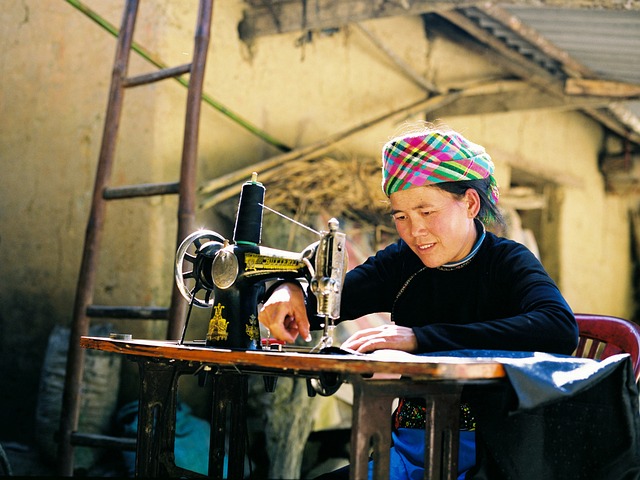
Physical Benefits of Sewing in Occupational Therapy
One of the most immediate benefits of sewing in occupational therapy is its impact on fine motor skills.
When you’re sewing, you’re using your hands in precise ways. Threading a needle, cutting fabric, and stitching all require control and dexterity.
For patients recovering from injuries or surgeries, these activities can be incredibly beneficial.
I’ve seen patients who, after a stroke or hand injury, struggle with once-easy tasks. Sewing offers a way to rebuild those skills gently and engagingly.
Each stitch strengthens the small muscles in the hands and fingers, gradually improving fine motor skills. This is crucial for regaining independence in daily activities like buttoning a shirt or holding a pen.
Hand-eye coordination also gets a boost from sewing.
When you’re guiding fabric through a sewing machine or hand-stitching a seam, you’re training your eyes and hands to work together.
This coordination is essential for many aspects of daily life, from writing to cooking.
And because sewing requires constant adjustment and attention to detail, it’s an effective way to enhance this skill over time.
Another important aspect of sewing in occupational therapy is its ability to strengthen muscle memory.
The repetitive motions involved in sewing—like moving fabric through a machine or making consistent stitches—help build muscle memory.
This repetition is key to improving dexterity and coordination, especially for patients who are working to regain lost motor functions.
I’ve worked with patients who, after weeks of sewing, noticed significant improvements in their ability to perform other tasks that require fine motor skills.
The more they sewed, the more their hands “remembered” how to move smoothly and accurately.
This progress wasn’t just limited to the sewing table—it translated into better performance in other areas of their lives as well.
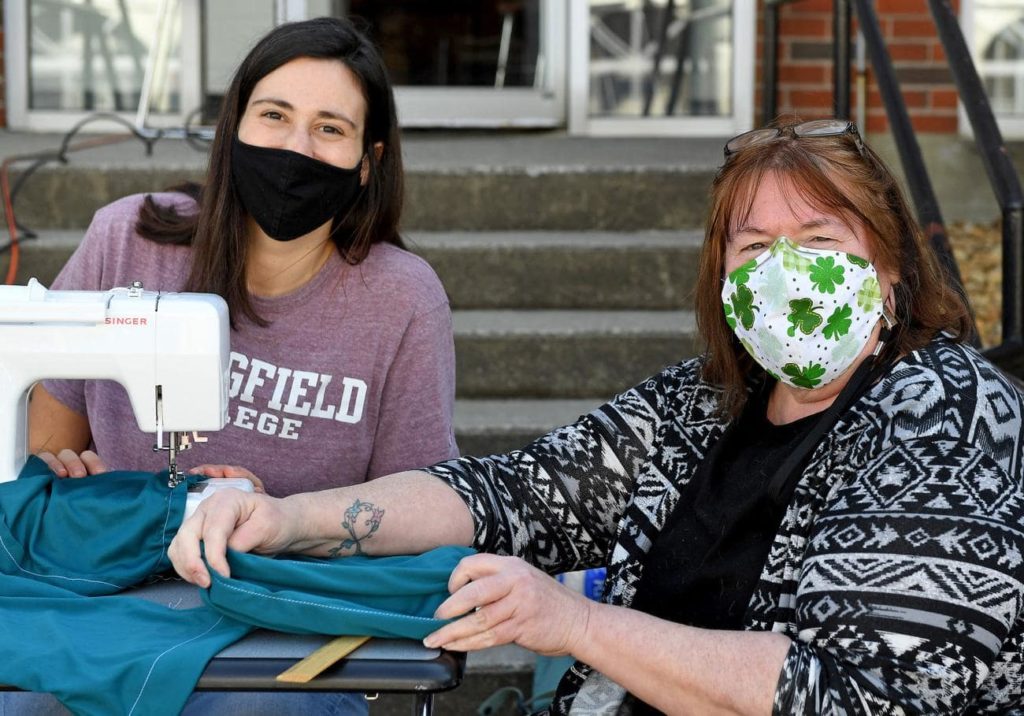
Adaptive Sewing Tools in Occupational Therapy
One of the challenges in using sewing as a therapeutic tool is ensuring that it’s accessible to everyone, regardless of their physical limitations.
That’s where adaptive sewing tools come in.
These tools are specifically designed to make sewing easier for individuals with disabilities or physical impairments.
For example, there are sewing machines with larger buttons and foot pedals, making them easier to use for people with limited hand mobility.
There are also ergonomic scissors designed to reduce strain on the hands and wrists.
These adaptations make it possible for more people to experience the benefits of sewing in occupational therapy.
I’ve seen firsthand how these tools can make a difference.
A patient with arthritis struggled to hold regular scissors, but when given a pair of ergonomic scissors, she was able to cut fabric with ease.
This small adaptation opened up a world of possibilities for her, allowing her to fully engage in the sewing process.
Adaptive sewing tools ensure that sewing is a truly inclusive activity, accessible to anyone who can benefit from it.
Cognitive and Emotional Benefits of Sewing
While the physical benefits of sewing in occupational therapy are significant, the cognitive and emotional benefits are just as important.
In addition to its therapeutic aspects, you might want to explore the physical benefits of sewing that complement occupational therapy.
Sewing isn’t just about using your hands—it’s about using your mind.
When you’re sewing, you’re constantly solving problems.
You’re figuring out how to follow a pattern, how to make adjustments when things don’t go as planned, and how to choose the right fabric and stitches.
This process of problem-solving is incredibly valuable for cognitive development.
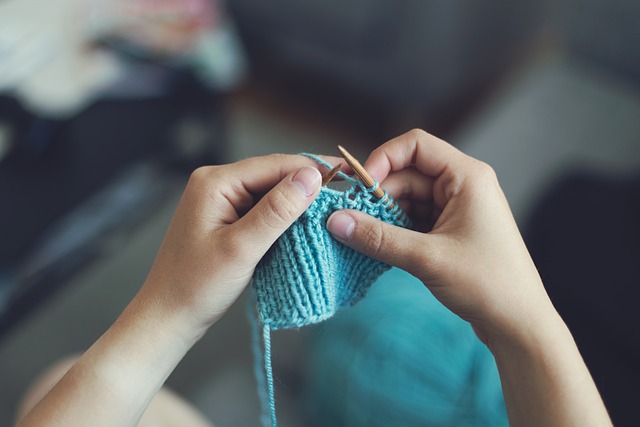
It helps improve memory, concentration, and critical thinking skills.
For patients dealing with cognitive impairments, whether from brain injuries or neurological conditions, sewing can be a powerful tool for cognitive rehabilitation.
I’ve worked with patients who struggled with memory and attention after a brain injury.
When they started sewing, they found that the process helped sharpen their focus and improve their ability to remember steps in a sequence.
Over time, this practice of focusing and problem-solving led to improvements in other areas of their lives as well.
Sewing also has a profound impact on emotional well-being.
There’s something incredibly satisfying about creating something with your own hands.
When you finish a sewing project, whether it’s a simple pillow or a more complex quilt, you feel a sense of accomplishment.
This boost in self-esteem is particularly important for patients who may be struggling with feelings of inadequacy or frustration during their recovery.
I’ve seen patients light up with pride after completing a sewing project.
That sense of achievement can be a powerful motivator, encouraging them to keep pushing forward in their therapy.
In addition to boosting self-esteem, sewing can also help reduce anxiety.
The repetitive motions and focus required in sewing are similar to those in meditation.
They help quiet the mind and bring a sense of calm.
For patients dealing with anxiety or depression, sewing can be a therapeutic outlet, providing a way to channel their energy into something positive and constructive.
Creative Expression in Occupational Therapy
One of the most rewarding aspects of sewing in occupational therapy is the opportunity for creative expression.
When patients can choose their own fabrics, designs, and projects, they’re not just following a therapeutic activity—they’re creating something that’s uniquely theirs.
This sense of creative expression is incredibly empowering.
It allows patients to take control of their therapy and make it their own.
For many patients, the ability to express themselves through sewing can be a key part of their emotional healing.
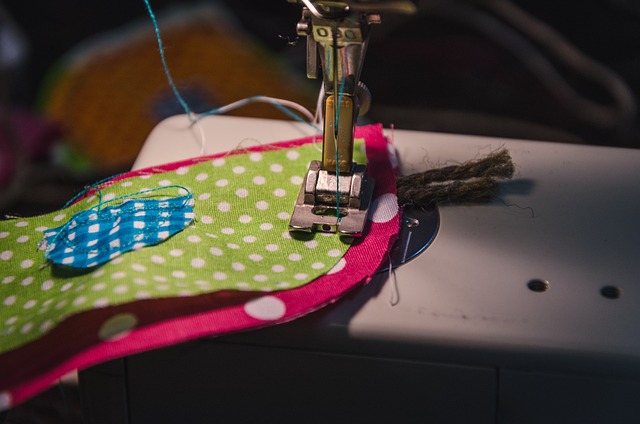
It’s a way to communicate feelings and ideas that might be difficult to put into words.
And because sewing is a creative process, it encourages patients to think outside the box and explore new ideas.
I remember working with a patient who was recovering from a traumatic brain injury.
He had always been creative, but his injury made it difficult for him to express himself through traditional means like writing or speaking.
Sewing gave him a new outlet for his creativity.
He started with simple projects, but soon he was designing his own patterns and creating intricate quilts.
This creative process not only helped him regain some of his cognitive functions, but it also gave him a sense of purpose and pride.
Incorporating Sewing into Occupational Therapy Programs
So, how can therapists effectively incorporate sewing into occupational therapy programs?
The key is to personalize the approach based on each patient’s needs and abilities.
Start by assessing the patient’s current motor skills, cognitive abilities, and emotional state.
Then, choose sewing projects that are appropriate for their level of ability.
For example, a patient with limited hand mobility might start with a simple project like sewing a straight seam, while a patient with more advanced skills might take on a more complex project like quilting.
It’s also important to consider the patient’s interests and preferences.
If a patient is excited about a particular type of project, they’re more likely to engage fully in the activity.
Another effective approach is to incorporate group sewing activities into therapy programs.
Group sewing sessions can foster social interaction, collaboration, and mutual support among patients.
When patients work together on a project, they build their sewing skills and develop important social and emotional skills like communication, teamwork, and empathy.
Creating a therapeutic sewing space is another key aspect of incorporating sewing into occupational therapy.
This space should be comfortable, well-organized, and accessible to all patients.
Consider factors like lighting, seating, and the availability of adaptive tools.
The goal is to create an environment where patients feel relaxed and focused, allowing them to engage in the therapeutic process fully.
FAQs
How does sewing help in occupational therapy?
Sewing helps in occupational therapy by improving fine motor skills, enhancing cognitive functions, and boosting emotional well-being. It provides a therapeutic outlet for patients recovering from physical or cognitive impairments.
What types of sewing projects are best for occupational therapy?
Simple projects like sewing straight seams or making pillowcases are great for beginners. More advanced patients might enjoy quilting or creating custom designs. The key is to choose projects that match the patient’s abilities and interests.
Can adaptive sewing tools really make a difference?
Yes, adaptive sewing tools are designed to make sewing accessible to individuals with physical limitations. These tools can significantly enhance a patient’s ability to participate in sewing activities, making the therapy more effective and enjoyable.
